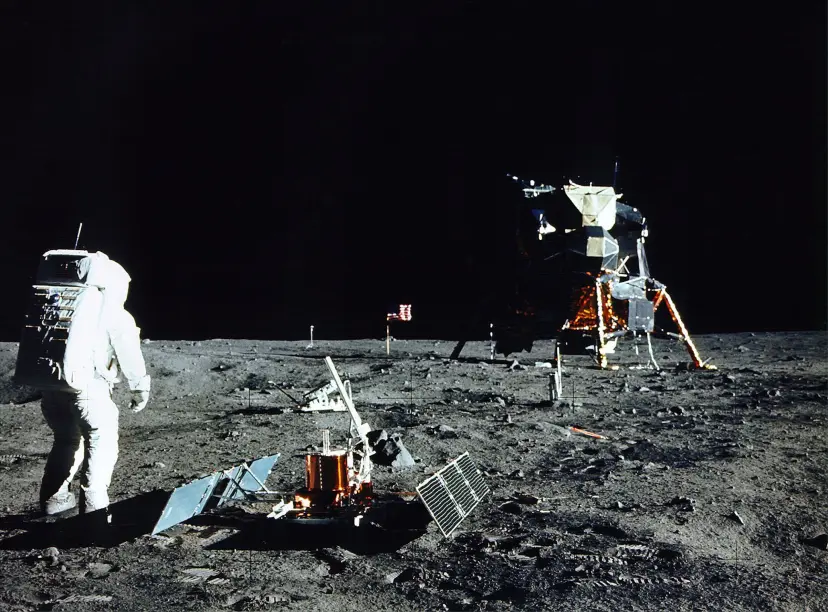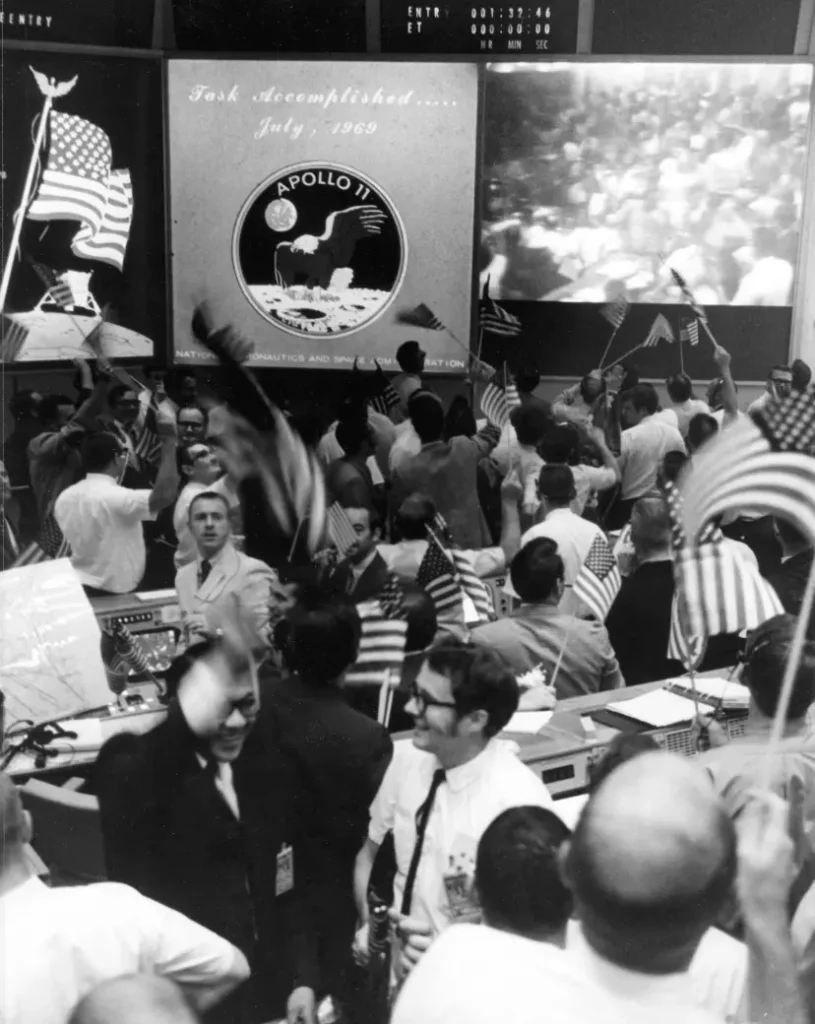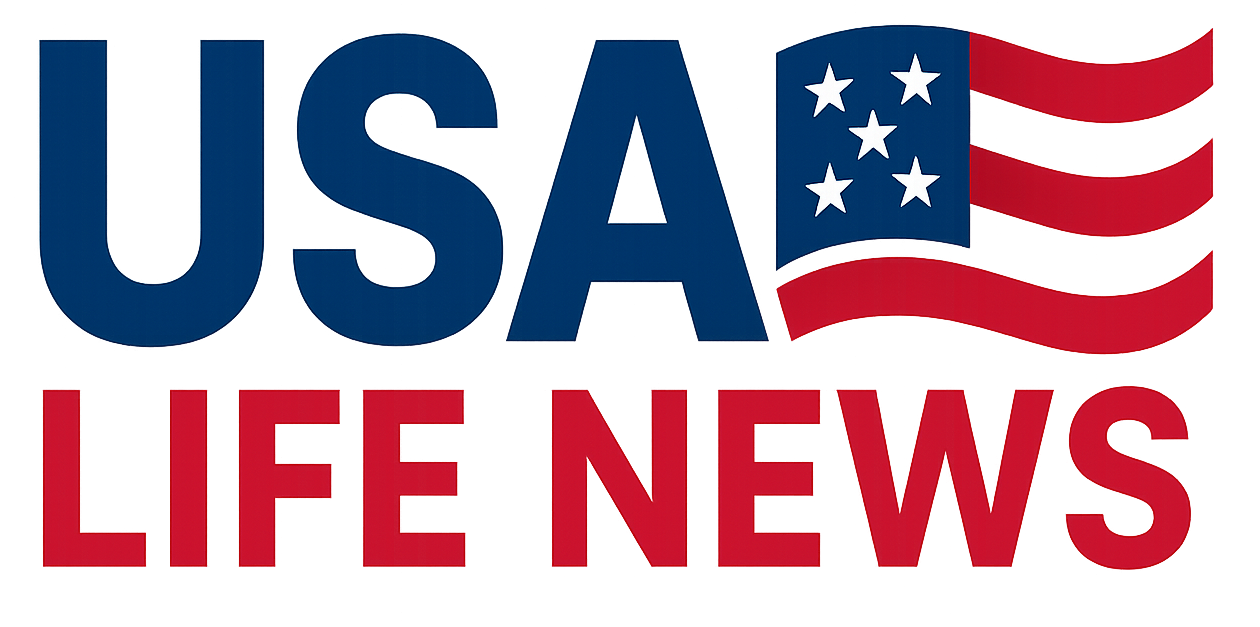At 10:56 p.m. ET on July 20, 1969, Neil Armstrong’s “one small step” became immortal.
Yet in Houston, a different line—spoken six hours earlier—stole the room’s breath.
4:05 p.m. Buzz Aldrin, scanning for a landing site, radios: “Picking up some dust.”
“When he said that, it sent a chill up my back,” recalls Flight Director Gerry Griffin (34). “First time humans ever blew particles off a world that wasn’t Earth.”
Inside the ice-cold, smoke-filled Mission Operations Control Room, that dust made the landing real. Ed Fendell (“Captain Video”), manning the command-module comms, felt weightless:
“I didn’t feel like I was touching the chair or the ground.”
Moments later, the Eagle’s three footpads kiss lunar soil and Aldrin confirms, “Contact light.”
Jack Knight (25), who monitored the lunar module, still tears up:
“Then, I knew they were going to land.”
4:18 p.m. Armstrong announces: “Houston, Tranquility Base here. The Eagle has landed.”
CAPCOM Charlie Duke (33) answers, tripping on the word in his excitement:
“Roger… Twang-quility. You got a bunch of guys about to turn blue. We’re breathing again. Thanks a lot.”

‘I Never Felt So Proud’
“I was so excited, I couldn’t even say Tranquility,” Duke says. “The tension evaporated [after that].”
Charlie Duke, then a Mission Control capsule communicator, was so thrilled at touchdown he mangled “Tranquility Base.” The stress melted—but work wasn’t over. Flight-director Gene Kranz quieted cheering guests so controllers could run the post-landing checklist. Only after the lunar module was declared safe did Neil Armstrong step outside and speak his famous line.
The moment hit everyone differently. Duke later said actually landing on the Moon during Apollo 16 felt calmer than watching charts in Houston. Controller John Aaron, shift finished, stepped out for a cigarette, stared at the Moon and thought, “We’re really there.” The next morning, a Normandy veteran told camera operator Ed Fendell he had never felt prouder to be an American. Fendell sat in his car and cried, finally grasping what the landing meant to the world.
The Long Road to the Moon
Many in Mission Control had chased the Space Race since childhood:
- Early sparks:
- Gene Griffin set his sights on NASA after watching Yuri Gagarin orbit Earth in 1961.
- Dave Reed swapped model airplanes for rockets when Sputnik launched in 1957.
- Chuck Deiterich, an airport-mechanic’s son, later calculated the lunar module’s throttle-down and the crew’s return path.
- Young, seat-of-the-pants team: The average controller was just 28, inventing procedures as they went. Flight-ops chief Chris Kraft called himself “an orchestra conductor,” directing four rows of console “musicians” tracking 1,500 data points in a windowless room.
- Close to the astronauts, far from home: Constant sims and night shifts bonded them to Neil Armstrong—who once popped by controller Bill Bostick’s house—but strained their families. Dinners at desks, bunks at MCC, and, for some, marriages that didn’t survive the landing were part of the price of reaching the Moon.
“Apollo 11 is the dividing point in my personal life,” says Bostick.

Looking Back
Fifty years after Apollo 11, the engineers and flight controllers who made it happen are looking back—and looking ahead.
- Tech leap: Their control room computers were weaker than a 2004 flip phone. Today’s spacecraft run on vastly stronger software.
- Tougher jobs: Early astronauts needed pilot skills and courage; now NASA wants Ph.D. scientists as well. The veterans hope this milestone pushes young people toward STEM fields.
- No manuals then: In 1969 there were no rule books—teams had to write them as they went.
- Back to the Moon: The Apollo vets hate that U.S. crews must hitch rides on Russian rockets and can’t wait until America launches its own again.
- Still thrilled: “I’m more excited now than I was back then,” says one former controller—and he’s ready to watch the next lunar landing.
